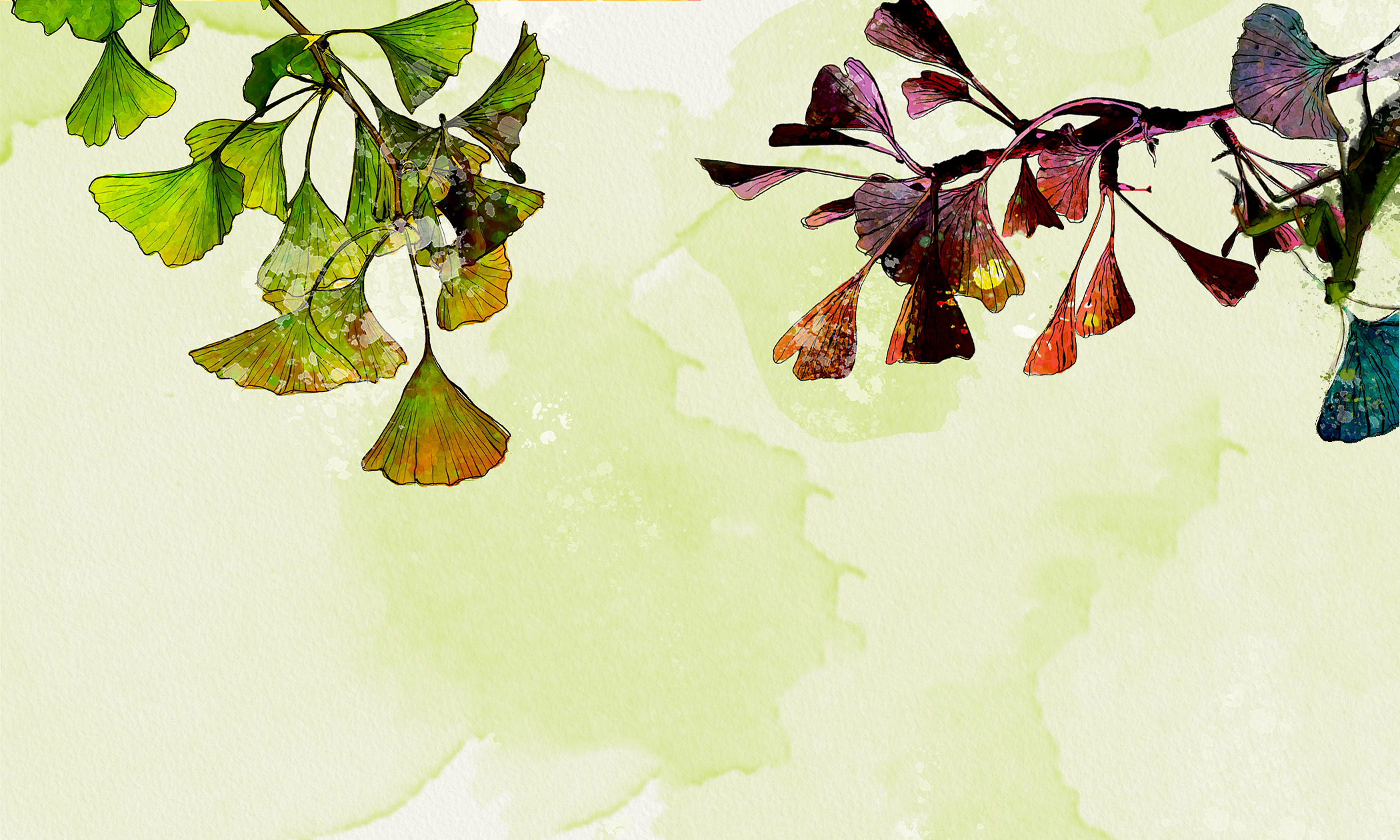
Mantis 20 (Spring 2022)
Retrospective
Harris Feinsod
Editor-in-Chief, Mantis 6 – 7
In itself, the Mantis cubicle on the top floor of Piggott Hall was not a site of teeming literary community (only two or three people could comfortably fit inside). But thinking back on Mantis, I marvel at the role of small magazines as little engines of literary community. I came to Stanford in 2005 influenced by college mentor Robert Creeley, who spoke of the value of literary company. In the Mantis editorship I contacted some poets whose work I had admired in his courses, like Vincent Katz and Eleni Sikelianos, both published in issue 6. One of my main initiatives was to update the magazine’s format, and we hired artist Leah Beeferman, the principal graphic designer at Cabinet magazine, who completed a beautiful redesign of the font and layout. We also opened a new phase of collaboration between the DLCL and Stegner fellows J. M. Tyree, Maria Hummel, Elizabeth Bradfield, and Keith Ekiss, who were effectively co-editors.
Mantis remained deeply committed to international literary community. Martha Kelly had organized memorable visits from Alfred Arteaga and Olivia Sears of Two Lines that promoted multilingual language politics, and we kept publishing lots of work in translation. Sometimes, when a submission interested us, like the poems of Rolf Dieter Brinkmann, we commissioned a critical companion for context. We also built features from topics of interest to students and faculty, such as the cluster in #7 on René Char and Martin Heidegger that turned Mantis into an outlet for the DLCL focus on poetry and philosophy, or the feature on Paul Celan in #8 that included work of writer in residence Yoko Tawada and the late John Felstiner.
Some writers I still read assiduously fifteen years later, like Johannes Görranson, Peter O’Leary, and Daniel Borzutzky, I first encountered through Mantis submissions or in our new reviews section, which we modeled on Chicago Review, one of the great literary magazines run by PhD students. We admired and aspired to the critical cosmopolitanism and cross-cultural ethos of contemporary journals like Mandorla, XCP, and Hambone. Better distribution and marketing perennially beckoned as the big projects for the coming year.
The name Mantis, with its reference to Louis Zukofsky, makes historical sense to me as a journal founded in the final years of Marjorie Perloff’s influential time at Stanford. It is fitting to see the journal evolve in so many directions over the pursuant twenty years, and I look forward to the next decade. We might continue to implore Mantis just as Zukofsky implored his own mantis: “Build the new world in your eyes, save it!”
Harris’s Selection:
HARRIS FEINSOD is a literary and cultural historian of the United States, Latin America, and the Atlantic world. His teaching and research emphasize poetry and poetics, modernism and the avant-garde in Europe and the Americas, multiethnic US literature, and transnational studies (especially hemispheric and oceanic approaches). He earned a PhD from Stanford. He’s the author of The Poetry of the Americas: From Good Neighbors to Countercultures (Oxford, 2017).
